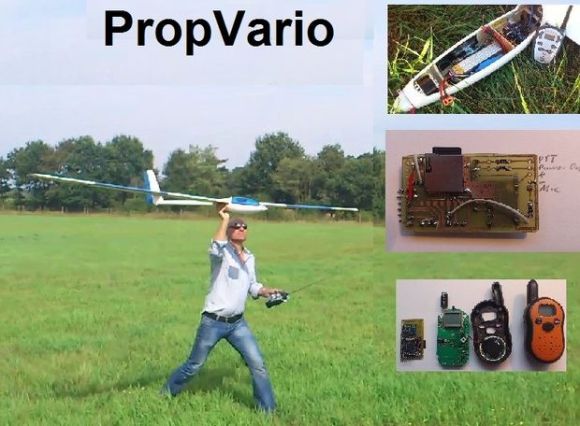Despite what extraordinarily overpowered quadcopters suggest, the air pressure of whatever a flying machine flys at is extremely important. Pressure is dependent on altitude and temperature, and there are hundreds of NTSB investigations that have concluded density altitude – pressure altitude corrected for nonstandard temperature variations – was the reason for a crash. Normally density altitude is computed through a slide rule or a flight computer, with the pilot entering in altitude and temperature, but somehow accidents still happen. For his entry to The Hackaday Prize, [Neil McNeight] is building an automated density altitude calculator to automate the process entirely.
Instead of having a pilot enter the altitude and temperature into a flight computer manually, [Neil]’s device grabs the current altitude from a GPS unit, and reads the temperature with a tiny sensor acquired from SparkFun. With just a little bit of math, this device will spit out the altitude an airplane or ‘copter thinks it’s at.
While the FAA won’t allow instruments that are cobbled together on a breadboard, this does have a few applications in the RC world. There are extremely high performance racing quadcopters out there now, and knowing how the craft will perform before flying it will save a few props.




















